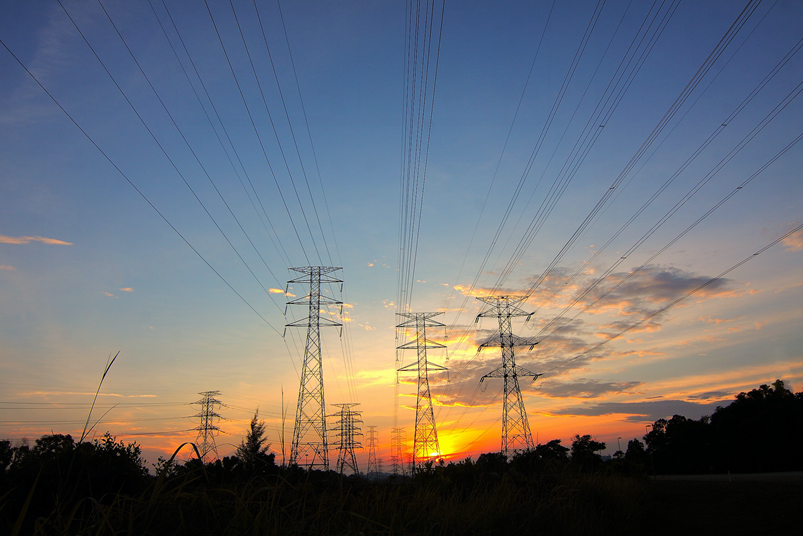About AC-DC Converter suppliers
Converters and inverters are electrical devices that convert electrical current. A converter converts the voltage of an electrical device, usually alternating current (AC), to direct current (DC). Inverters, on the other hand, convert direct current (DC) to alternating current (AC).
An AC-DC power supply or adapter is an electrical device that takes power from a grid-based power source and converts it into different currents, frequencies, and voltages. AC-DC power is essential to provide the correct power required by electrical components.
AC-DC power supplies convert one type of electrical power (AC – “Alternating Current” to DC – “Direct Current”. Every day, most people no doubt use electrical devices that require both types of power.
For example, your car needs 12v DC power to run. Mains power is supplied to homes and businesses from AC power. Sometimes you need to convert AC to DC, that’s why you need an AC-DC power supply.
Both alternating current and direct current have their advantages and limitations, which is why they are used equally in various electrical applications. Alternating current is an excellent way to supply power over long distances and is suitable for distribution through grid systems.
DC power supplies provide a more linear and reliable form of power, but at the expense of distance. Clearly, AC power dominates the electrical world, but DC power is a must when it comes to powering electronics in the home or workplace.






































